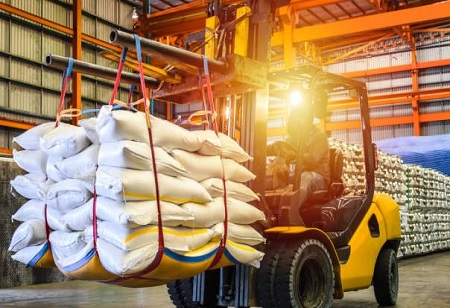All industrial sectors must have
material handling processes. These jobs frequently entail strenuous physical labor and monotonous duties that exhaust employees. Additionally, it increases the risk of health issues in workers, which has a negative impact on the ergonomics of the workplace as a whole. But with the right equipment, such jobs can be made a lot simpler.
All throughout the supply chain, there is
material handling. Before they can be used to create final products, raw materials must be obtained, transported, and kept ready for shipping. For transportation, they are assembled into groups and put onto trucks. When they get to the warehouses, they need to be unloaded, processed, and stored on racks. Finally, they must be removed from storage and made ready for distribution when they are required. The employment of assistive technology in material handling also reduces waiting times and increases output. Therefore, it is in the best interests of both employers and employees to provide appropriate equipment for support.
"Material Handling, an essential and significant component of any productive activity in factories and warehouses not only helps businesses in gaining high productivity through the automation of all processes but also in delivering high-quality products and operational cost reduction," says Nimesh Karelia, MD of Jay Equipment & Systems. "However, it is highly imperative for enterprises to deliver the right amount of the required material in the right condition at the right place on time at right costs," he adds.
We have put together a thorough list of suggestions to think about before buying
material handling equipment to assist you in making an informed choice.
Nature of the material:
Many different materials are used in manufacturing. Some of these might be light-sensitive, combustible, or very susceptible to contamination, among other factors. Before selecting a material handling equipment, we have to consider these factors to prevent harming the material or the area in which it is being used.
Space and functionality:
The second factor to take into account is the area in which the tool will be employed and the type of action the instrument is intended to carry out.
